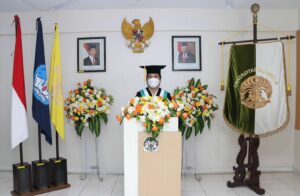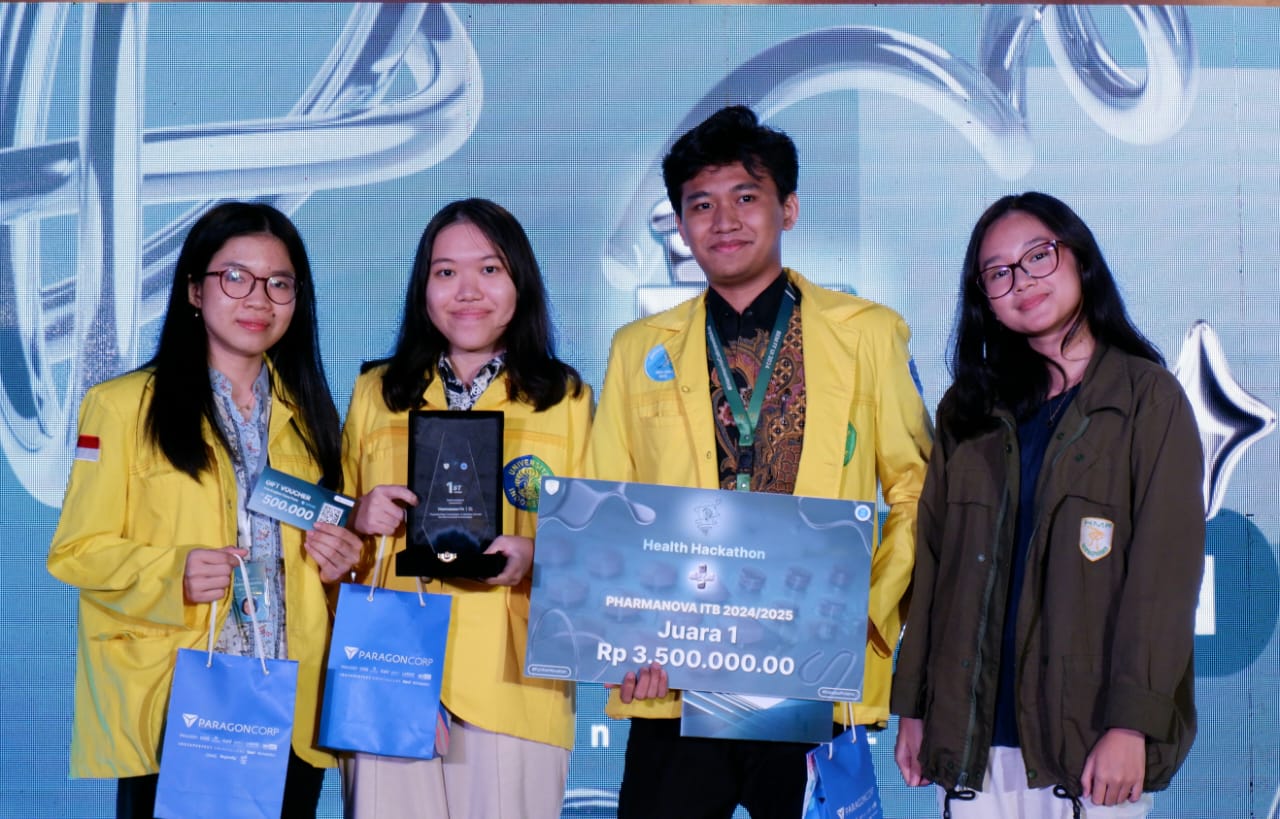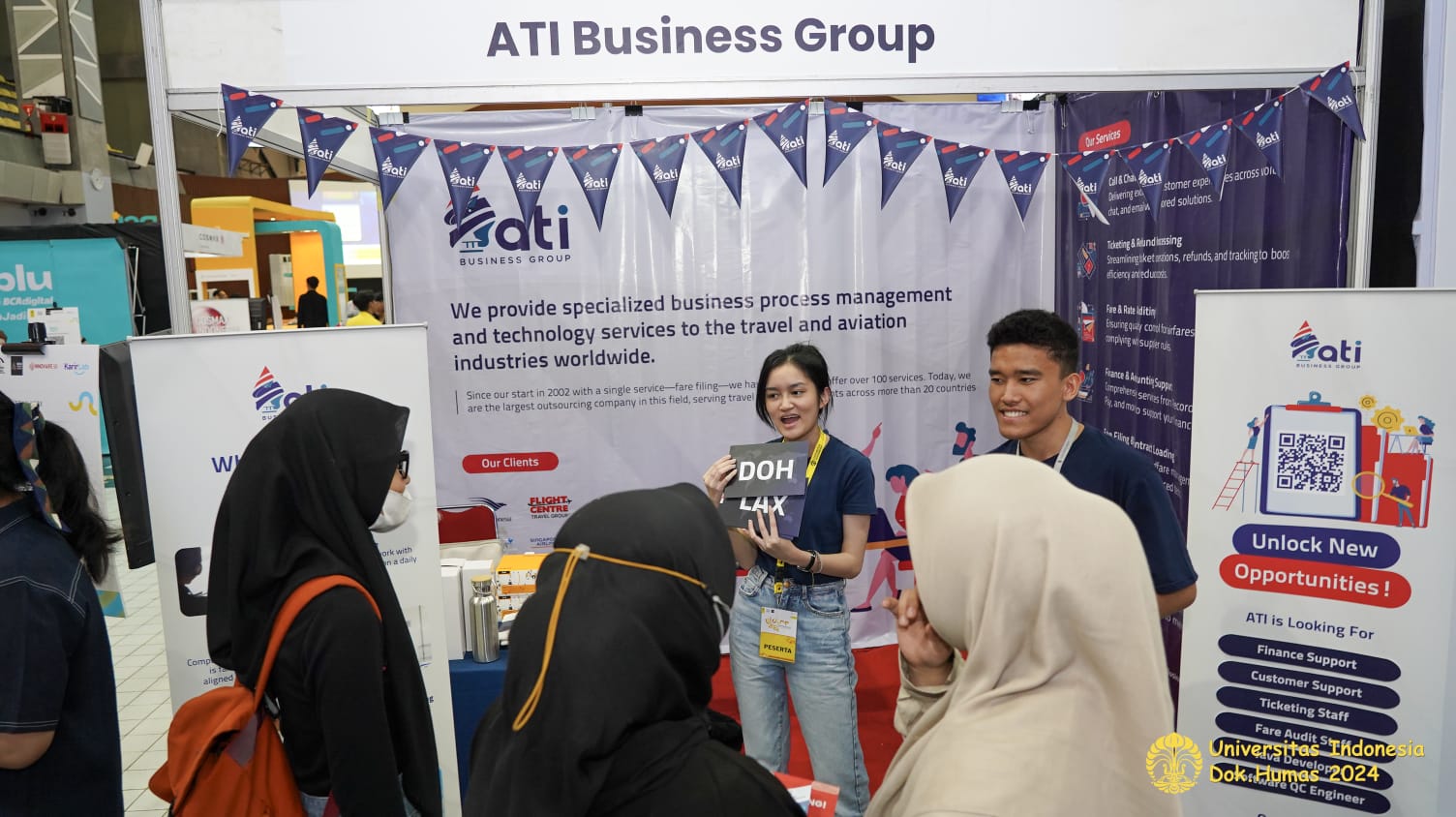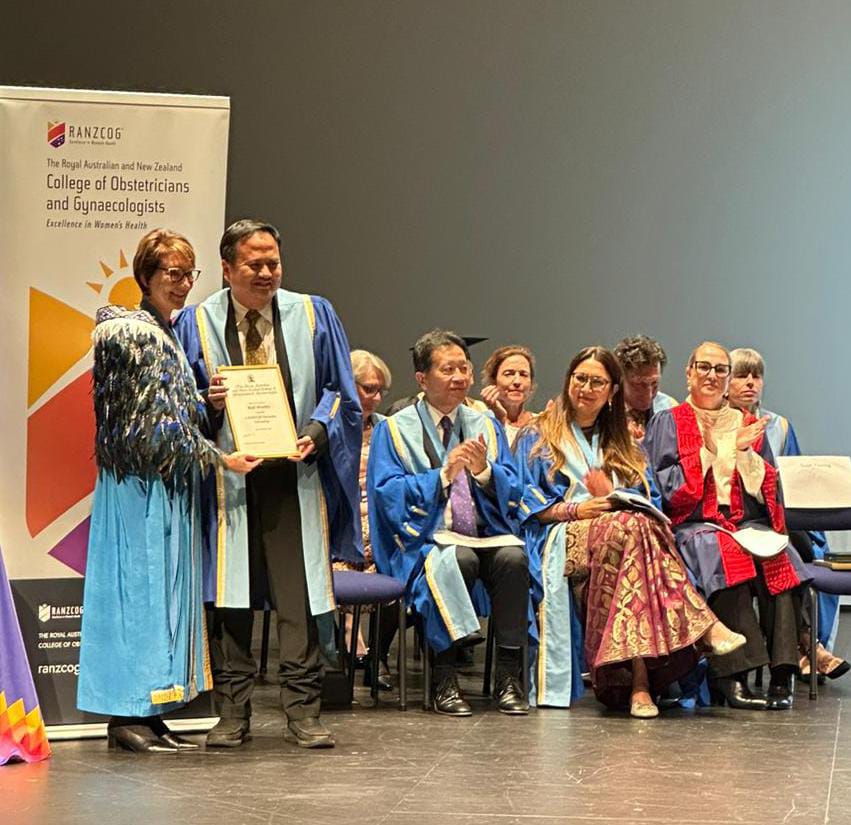
Orthodontics is one of the branches of dentistry that studies fascial growth and development of teeth and their occlusion, including the diagnosis and treatment of occlusion anomalies or malocclusion. Generally, patients come to an orthodontist for aesthetic reasons and wish to improve their dental alignment. However, in fact, orthodontic treatment aims to improve the function of the stomatognathic system and achieve optimal functional aesthetics.
This was conveyed by Prof. Dr. drg. Haru Setyo Anggani, Sp.Ort(K), at her inaugural speech, on Saturday (August 6, 2022). She discussed the development of various laboratory and clinical studies on Mini Implant Orthodontics (hereinafter MIO), both in terms of utilization, manufacturing, and application risks.
Prof. Haru explained that orthodontic anchorage is an important factor that can affect the success of an orthodontic treatment. “Orthodontic anchorage is a resistance to unwanted orthodontic forces, which can be obtained either intraorally, extraorally, or by using intra oral implants implanted in the jawbone,” he said.
He added that orthodontic anchorage sources can be obtained from other teeth, the palate, head and neck, or from additional orthodontic anchorage devices fitted to the jaw. Conventional orthodontic treatment is often difficult to create an absolute intra oral orthodontic anchorage system, even with the addition of intra oral anchorage devices.
According to Prof. Haru, sometimes orthodontists have to use extra oral anchorage, such as headgear. “But the use of extra oral anchorage is highly dependent on patient compliance, making it difficult to get the desired results. Based on this, we came up with the idea to create a skeletal anchorage, which does not require patient compliance to achieve successful orthodontic treatment,” said the lecturer at the Department of Orthodontics, Faculty of Dentistry UIFD UI).
Skeletal anchorage started with the use of dental implants by Shapiro and Kokich in 1998. The use of the term Temporary Anchorage Device (TAD) specifically refers to a miniscrew that is used for orthodontic purposes, namely as a skeletal anchorage in orthodontic movements.
The use of the term TAD specifically refers to mini-screws used for orthodontic purposes, namely as skeletal anchorage in orthodontic movements. However, the term TAD does not describe the role of bone in anchorage, so the term MIO was deemed more appropriate to describe its size, the role of bone as an anchor unit, and its specific use in orthodontic anchorage.
MIO can actually be a mini-plate or mini-screw. Mini-plates are used quite frequently in some countries such as Japan, but the disadvantage of using mini-plates is that their installation and removal require referral to other specialists – usually a periodontist or oral surgeon. In addition, a large incision is required during insertion. Prof. Haru said the risk of using mini-plates for patients would be greater pain.
Infection and inflammation are not the only risks of MIO insertion. Other risks include mobility of the MIO, fracture of the MIO, or even loss of the MIO before or during use.
“It was found from our study that the initial signs of inflammation were already present when the MIO was implanted in the jawbone, which then decreased after being treated with the mouth rinse,” said Prof. Haru. In the Department of Orthodontics, FD, the corrosion resistance of a titanium metal-based MIO to mouth rinses has been studied.
The results of this study prove that titanium alloy metal is still the best choice because it has good corrosion resistance to fluctuations in environmental conditions in the mouth. Research focused on the use of Mini Implant Orthodontics has been conducted by experts or specialists in the field of orthodontics. The main objective is to improve understanding and optimize the use of MIO in the treatment management of cases of dentocraniofacial disorders. Furthermore, a skill in insertion and removal of MIOs is required along with the ability to manage any risks of MIO insertion. The Department of Orthodontics, Faculty FD Dentistry of Universitas Indonesia has the opportunity to develop laboratory and clinical research on MIO, both in terms of its utilization and manufacture.
“Research collaboration with other fields of study, in order to develop Clinical Dentistry, especially in the field of orthodontics, has begun, but we also expect collaboration with other scientific fields, so that in the future it is hoped that Universitas Indonesia can contribute to the procurement of medical devices in the field of Orthodontics in the form of Mini Implant Orthodontics,” said Prof. Haru.
The professor completed his bachelor’s degree in Dentistry Profession in 1982 at FD Universitas Indonesia. Later at the same place, Prof. Haru completed her studies as an Orthodontia Specialist in 1992, Specialist II of the Orthodontia Collegium in 2006, and successfully earned her Doctor of Dental Medicine degree in 2012 at FD Universitas Indonesia.
She has several scientific publications in her field, including Evaluation of IL-1A and IL-1B COX 2, and mRNA Expression in Orthodontic Patients Given Chitosan Mouthwash During Treatment with Miniscrew (2021), The Color Improvement of Post Debonding White Spot Lesions after Fluoride and Casein Phosphopeptidea Amorphous Calcium Phosphate application (2021), The Effect of Coating Chitosan on Porphyromonas Gingivalis Biofilm Formation in The Surface of Orthodontic Mini-implant (2021), Orthodontic Mini-implant as anchorage in Skeletal Class II Malocclusion Treatment (2021), Camouflage Orthodontic Treatment in Skeletal Class III Malocclusion with anterior open bite (2021), Chitosan gel prevents the growth of Porphyromonas gingivalis, Tannerella forsythia, and Treponema denticola in mini-implant during orthodontic treatment (2021), and others within the last 10 years.



